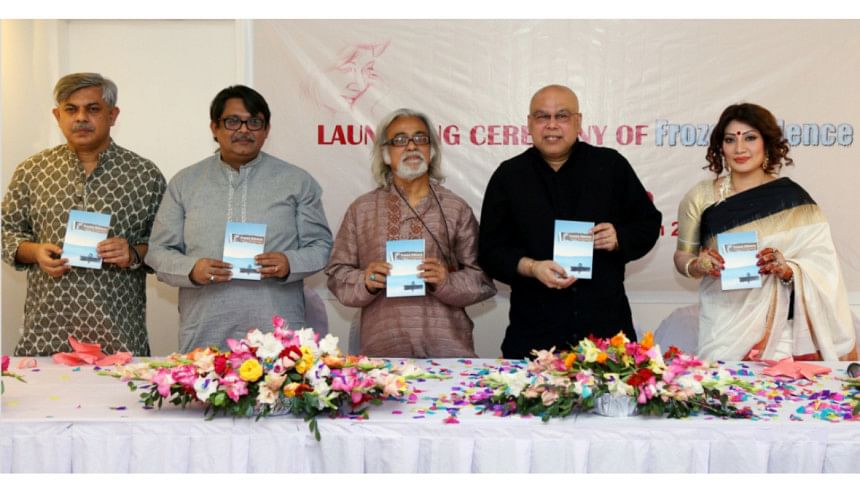Folk Songs of Bangladesh

Bangladesh is known as a land of music. The folk music of Bangladesh, in particular, is deeply connected with the psyche of the country and resonates through the villages of Bengal.
“At the back of all literature stretches the unmapped and immeasurable world of oral tradition,” says Professor GH Gerould, the famous folklorist of the contemporary world.
Through the years the rivers that criss-cross Bengal has rippled to the unforgettable Bhatiali and Sari folk songs of the boatmen.
Bhawaiya or the 'cartman's song' are sung in northern Bangladesh. There, the dusty, rugged, muddy roads take the place of rivers; bullock carts replace boats, and Bhawaiya and Chatka take the place of Bhatiali. Then we have Bichhedi or the songs of separation. There is a wide spectrum of mystic songs composed by great writers like Hason Raja and Lalon Shah which are very popular throughout the country. The spirituality of Bangladeshis is outpoured in Marfati and Murshidi songs.
Baul songs too belong to the folk music tradition. There are also Jari gaan, Kobi gaan, and Pala gaan, which keep the listeners and audience spellbound for nights together in Bengal villages.
Bangladeshi marriages ring to the popular Biyer gaan.
Late legend Abbasuddin Ahmed, the king of folk songs -- collected these songs, brought them to Calcutta and convinced HMV to record them, about 60 years ago. The folk songs that had remained the preserve of villages so far became a hit in the cities.

There was a time during the 1950s and 1960s when folk music festivals were held every year in Dhaka for several days during winter, and original and authentic folk songs were presented by the singers who came from different parts of the country.
Unfortunately, we haven't had the pleasure of listening to such original singers for the last 25 years or more, because of the distortion of the original folk songs, Folk singers have naturally fallen on hard days while folk songs are sidelined by the electronic media and rarely presented on prime time.
Our folk instruments like sarinda, khamak, and dhol are becoming obsolete, and we hardly find any sarinda or khamak players.
I have been to many parts of the world as a member of cultural delegations and ironically at every concert, it was folk songs that won the most hearts. I have also noticed that there are a lot of similarities in folk songs of most countries. For instance, Tibetan folk songs and the folk songs of Southern China are greatly similar to our Bhawaiya songs.
My father, the late Abbasuddin Ahmed -- said in a speech at an international folk music festival: “Because all village people are simple, because they think simply, because their songs are simple, because their subject matter is simple, they talk of their simple joys and sorrows, and because people, the tune, the subject matter is simple -- all folk songs of the world are alike.”
The writer is an eminent singer.

 For all latest news, follow The Daily Star's Google News channel.
For all latest news, follow The Daily Star's Google News channel. 



Comments